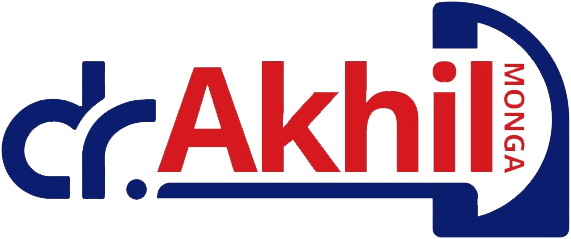Varicose Vein Ablation
 Varicose vein ablation is a minimally invasive procedure to manage tortuous superficial veins using heat. The heat damages the tissues, resulting in scar formation and closing down of the vein.
Varicose vein ablation is a minimally invasive procedure to manage tortuous superficial veins using heat. The heat damages the tissues, resulting in scar formation and closing down of the vein.
It can help alleviate symptoms such as swelling, pain, and ulcers. It is a safe and effective option to manage your varicose vein without any scars.
Let’s understand more about the procedure!
The Procedure
In most cases, the procedure is done on an outpatient basis. The doctor will apply local anesthetic cream over the leg and give you a sedative for the procedure.
They will then introduce a tube (sheath) into the abnormal vein through a small nick on your skin. An ultrasound transducer aids in tracking the vein. A probe/fiber is then introduced through the sheath.
A local anesthetic is now injected into the area around the vein, causing the vein around the probe to collapse due to pressure. The walls of the vein are then destroyed using heat energy from a laser or radiofrequency generator. The vein closes due to scar formation over time.
The sheath and probeare withdrawn, and the incision is closed by applying pressure and bandage over it. Sutures are not needed.
Use
it is used to manage the following symptoms:
Leg heaviness
Throbbing or aching pain
Skin ulcers
Swelling
Painful swelling of veins
Skin discoloration
The procedure may be used for cosmetic purposes
Precautions
Dr. Akhil Monga will advise you to wear a compression stocking after the treatment. This will help in reducing tenderness, bruising, and the risk of clots. Some other precautions include:
Apply ice over the any sorearea for 15 minutes.
Avoid lying down for long. Try and keep your leg raised while sleeping or sitting
Walk for about 10 – 20 minutes three times a day for about two weeks
Avoid strenuous activity for two weeks
Avoid hot baths for two weeks
Benefits
Some benefits of the procedure include:
No incision and thus no scar
More effective and fewer complications than traditional vein stripping procedures
Less invasive
Quick healing and faster return to daily activities
Risks
As with all procedures, varicose vein ablation may have some rare complications, including:
Pain over the vein
Change is skin color
Blood clots
Swelling or redness of the vein
Nerve damage
